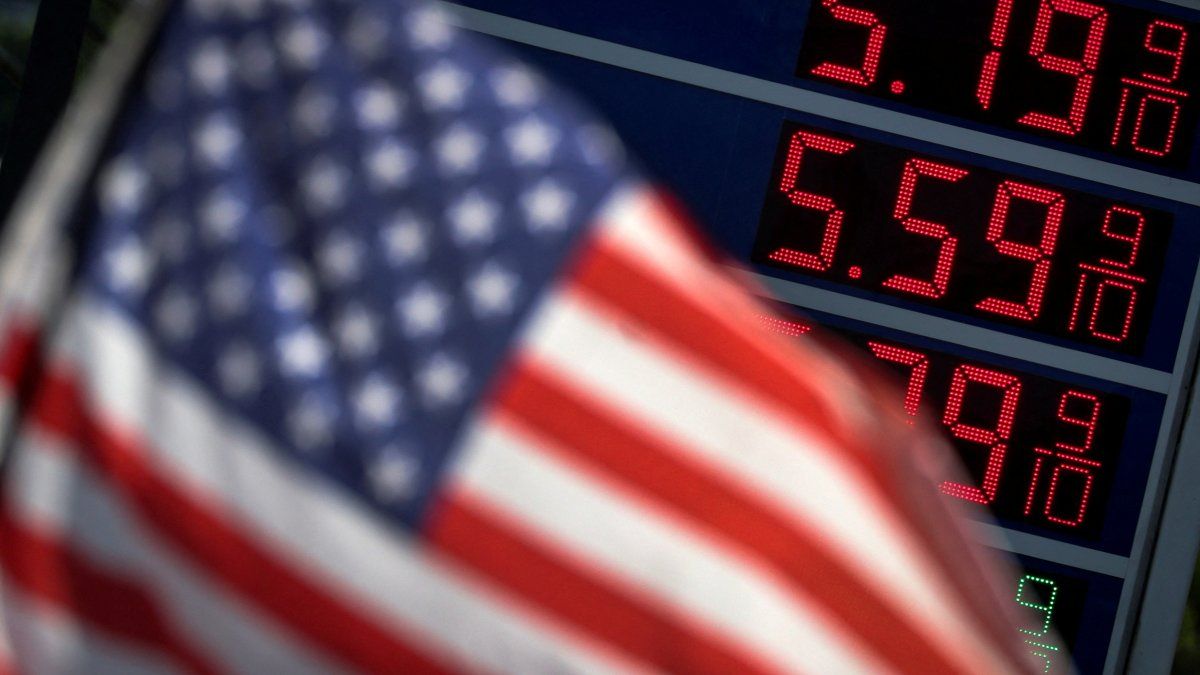12-month consumer inflation in the United States eased in February to 5% per yearcompared to 5.3% in January, according to the PCE index published on Friday by the Department of Commerce.
This index, the most followed by the Federal Reserve, shows that in the measured month by month, the rise in prices also moderatedto 0.3%better than the 0.4% analysts expected according to the consensus compiled by briefing.com.
Inflation underlyingwhich excludes food and energy prices, follows the same trend, settling at 4.7% in 12 months, also below expectations.
The family income advanced for his part 0.5%, well below the increase in January, while its expenses grew 0.2%.
The PCE index is preferred by the Fed to consider the price increase, which he expects to bring to 2% in a yearfor which it has repeatedly raised its reference interest rates as a way of making credit more expensive and thus discouraging consumption and investment.
In parallel, US consumer spending rose moderately in Februaryprobably as compensation for the rally of the previous month.
consumer spending, which accounts for more than two-thirds of US economic activity, rose 0.2% last monththe Commerce Department reported Friday.
Data for January were revised upwards to show an increase of 2.0%, instead of the 1.8% previously announced. Economists polled by Reuters estimated that consumer spending would rise 0.3%.
Consumer spending also slowed due to the modest increases in income, as momentum from the largest cost-of-living adjustment since 1981 for Social Security recipients faded in January.
the rupward review for january and last month’s increase put consumer spending on a path of higher growth in the first quarter, after growing at its slowest pace in two and a half years in the October-December period, and maintain the expansion of the economy.
The tension of the financial markets following the recent bankruptcy of two regional US banks has amplified the recession risk this same year. Banks have tightened the criteria for granting loans, which could make it difficult for households to access loans and hinder demand.
Although inflation showed signs of cooling, it remained high, which could lead the Federal Reserve to raise interest rates once more this year. From March last year, the US central bank has increased its official interest rate at 475 basis points, from a level close to zero to the current range of between 4.75%-5.00%.
Source: Ambito




